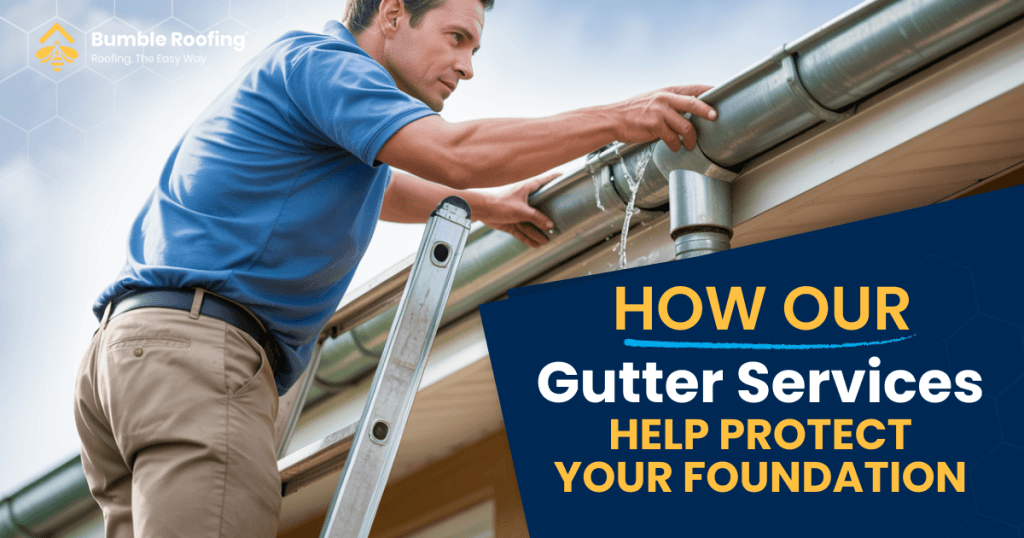How to Spot Early Signs of Roof Damage in Los Angeles Homes

Your roof is one of the most important components of your home, providing shelter and protection from the elements. In Los Angeles, where the weather can be unpredictable and environmental factors vary from coastal salt air to inland heat, keeping an eye on the condition of your roof is crucial. Early detection of roof damage not only saves money but also helps avoid costly repairs and potential safety hazards.
In this comprehensive guide, we’ll walk you through everything you need to know about spotting early signs of roof damage, why regular inspections are vital, and actionable tips for Los Angeles homeowners.
Understanding the Importance of Roof Maintenance
Roofs in Los Angeles face unique challenges—from the occasional heavy downpour during the rainy season to the relentless sun and heat waves that can accelerate aging. Here’s why maintaining your roof is essential:
- Prevention of Major Damage: Regular checks can detect minor issues before they turn into major problems. Early repair of small leaks or broken shingles can prevent water damage to the structure of your home.
- Energy Efficiency: A well-maintained roof helps keep your home insulated, reducing the strain on air conditioning during the hot LA summers.
- Increase Home Value: A sound roof is a major selling point. Potential buyers appreciate a well-cared-for roof, which can increase the resale value of your home.
- Safety: Damaged roofs can lead to leaks that may cause mold or structural instability. Preventing these issues can safeguard your family’s health and safety.

Common Causes of Roof Damage in Los Angeles
Before diving into the signs of damage, it’s important to understand what can cause your roof to deteriorate:
- Weather Extremes: Los Angeles experiences a mix of extreme heat and sudden, heavy rainfall. UV rays can weaken roofing materials, while heavy rains may lead to water infiltration.
- Aging: As roofs age, they naturally lose their protective qualities. Most residential roofs have a lifespan of 20-25 years, depending on the material and local conditions.
- Improper Installation: Poor workmanship or the use of low-quality materials can lead to premature wear and tear.
- Lack of Maintenance: Without regular cleaning and inspection, debris, algae, and moss can accumulate, leading to leaks and further deterioration.
- Environmental Debris: Los Angeles is known for its occasional dust storms and debris from nearby construction, which can physically damage roofing materials over time.

Early Signs of Roof Damage
Identifying roof damage early on can save you from expensive repairs. Here are some common signs to watch for:
1. Missing or Damaged Shingles
One of the most visible indicators of roof damage is missing, cracked, or curled shingles. In Los Angeles, where the sun’s UV rays are strong, shingles can curl or crack over time. Look out for:
- Curling Edges: Shingles that are curling upward, which could indicate that they are aging or that the adhesive has deteriorated.
- Broken or Missing Shingles: Wind or storms can dislodge shingles, leaving gaps in your roof’s protective layer.
- Discoloration: Shingles that have faded or discolored may be nearing the end of their useful life.
2. Granule Loss
Many asphalt shingles have a protective granule layer. When you notice granules accumulating in gutters or around downspouts, it’s a sign that your shingles are losing their protective coating. This granule loss can make your roof more susceptible to damage from UV rays and moisture.
3. Damaged Flashing
Flashing is the metal installed around chimneys, vents, and skylights to prevent water seepage. Signs of flashing damage include:
- Rust or Corrosion: Especially common in older roofs or in areas with coastal salt air.
- Cracks or Gaps: If the flashing is damaged, water can seep in and cause leaks in the underlying structure.
4. Water Stains and Leaks
Water stains on your ceiling or walls can indicate a slow leak. These stains are often a result of damaged or missing shingles, failing flashing, or blocked gutters. Even a small leak can cause extensive damage over time if not addressed promptly.
5. Sagging Roof Deck
A sagging roof deck is a serious warning sign. This could indicate structural issues beneath the roofing material, often due to water damage or a weakened framework. If you notice any dips or sagging areas when looking at your roof from the ground, it’s time to call in a professional.
6. Debris and Algae Growth
While a little debris or algae on your roof might seem harmless, excessive growth can lead to moisture retention and accelerated degradation of roofing materials. Algae can also stain your roof, affecting its overall appearance and potentially its structural integrity.

Step-by-Step Guide to Conduct a Roof Inspection
Even if you’re not a professional, you can perform a basic inspection of your roof to catch early signs of damage. Here’s how:
Step 1: Safety First
- Avoid Climbing: If your roof is steep or if you’re not comfortable with heights, it’s best to hire a professional. Safety should always be your top priority.
- Use a Ladder: If you choose to inspect from the ground, use binoculars to closely examine your roof. Otherwise, ensure your ladder is stable and secure.
Step 2: Check the Gutters
- Look for Granules: As mentioned earlier, granules in your gutters are an early sign of shingle deterioration.
- Clear Out Debris: Remove leaves, twigs, and other debris from gutters. Clogged gutters can cause water to back up and damage your roof’s edge.
Step 3: Inspect for Missing Shingles and Damage
- Visual Inspection: Walk around your house and look up at your roof. Use binoculars to check for missing or damaged shingles, paying close attention to areas where the roof meets the chimney or other structures.
- Close-Up Photos: If you spot potential issues, take photos. These can be useful for discussing with a professional later on.
Step 4: Examine Flashing and Seals
- Chimney and Skylights: Look at the metal flashing around your chimney and skylights. Check for any signs of rust, cracks, or gaps.
- Sealant Conditions: The sealant around these fixtures should be intact. If it appears cracked or deteriorated, it may need to be replaced.
Step 5: Look for Signs of Water Damage Inside
- Interior Checks: Inside your home, look for water stains, especially near the ceiling or walls in rooms directly below your roof. Any signs of dampness, mold, or mildew can indicate a leak from the roof.
Preventative Measures to Extend Your Roof’s Lifespan
Once you’ve identified early signs of damage, there are several preventative measures you can take to extend your roof’s lifespan and keep it in optimal condition:
Regular Professional Inspections
Schedule a professional roof inspection at least once a year. Experts can spot issues that might be missed during a casual visual check and provide recommendations for timely repairs.
Routine Cleaning and Maintenance
- Clean Gutters Regularly: Ensure that your gutters are free of debris to prevent water from backing up.
- Remove Algae and Moss: Use safe cleaning products or consult a professional service to remove any algae or moss buildup that can lead to further damage.
- Trim Overhanging Branches: Trees that are too close to your roof can scratch or damage the surface during windy conditions.
Timely Repairs
Address any issues as soon as they’re discovered. Even small repairs can prevent more significant damage and costly repairs down the line.
Upgrade Materials When Necessary
If your roof is approaching the end of its lifespan, consider investing in higher-quality materials that are better suited to the local climate. Energy-efficient and UV-resistant roofing materials can make a significant difference in long-term durability and performance.

Local Considerations for Los Angeles Homeowners
Los Angeles presents its own set of challenges when it comes to roofing. Here are a few local tips to keep in mind:
- Climate Adaptations: The intense heat and occasional heavy rains require materials that can withstand both extremes. Look for roofing options designed to reflect heat and resist water damage.
- Seismic Activity: While not directly related to roof damage, Los Angeles is in an earthquake-prone area. Ensure that your roof is securely fastened and that repairs take seismic considerations into account.
- Local Expertise: Work with roofing professionals who understand the unique challenges of Los Angeles weather and construction standards. Local experts can offer tailored advice and solutions that out-of-town contractors might overlook.
Conclusion
Proactive roof maintenance is essential for every Los Angeles homeowner. By learning to spot the early signs of roof damage, such as missing shingles, granule loss, flashing issues, water stains, and debris buildup, you can avoid more extensive—and expensive—problems down the road. Regular inspections, combined with professional check-ups and routine maintenance, will not only extend the life of your roof but also safeguard your home’s structural integrity and energy efficiency.
If you’ve noticed any of these signs or suspect damage on your roof, don’t wait. Contact Bumble Roofing of Los Angeles to perform a detailed inspection and provide you with the necessary repairs. Remember, a well-maintained roof is key to a safe, comfortable, and valuable home.
Take control of your roof’s health today by staying vigilant and proactive. Your future self—and your home—will thank you for it.
Related
Articles, Roof Inspection
Roofing, the Easy Way
Get Estimate





